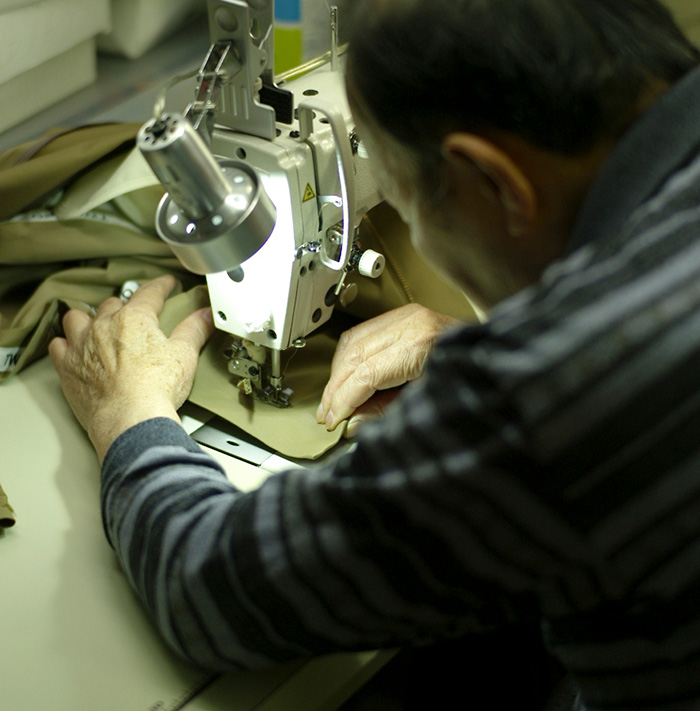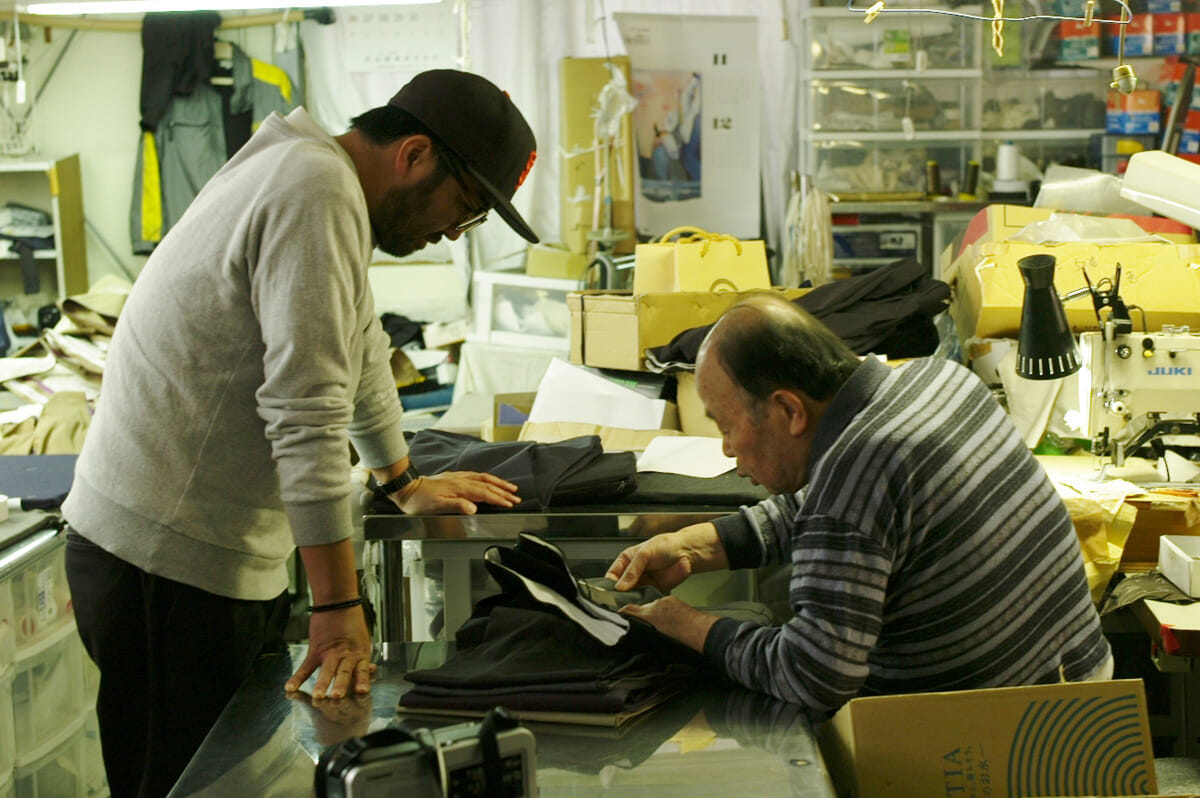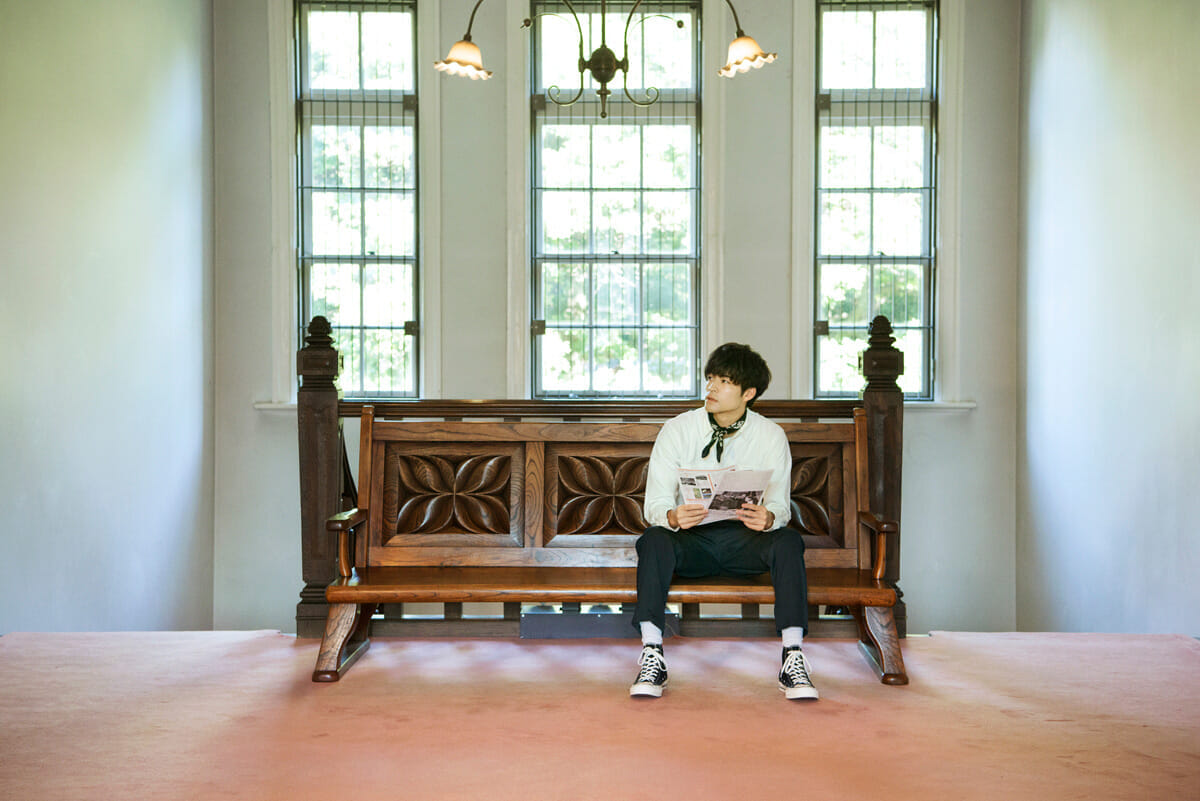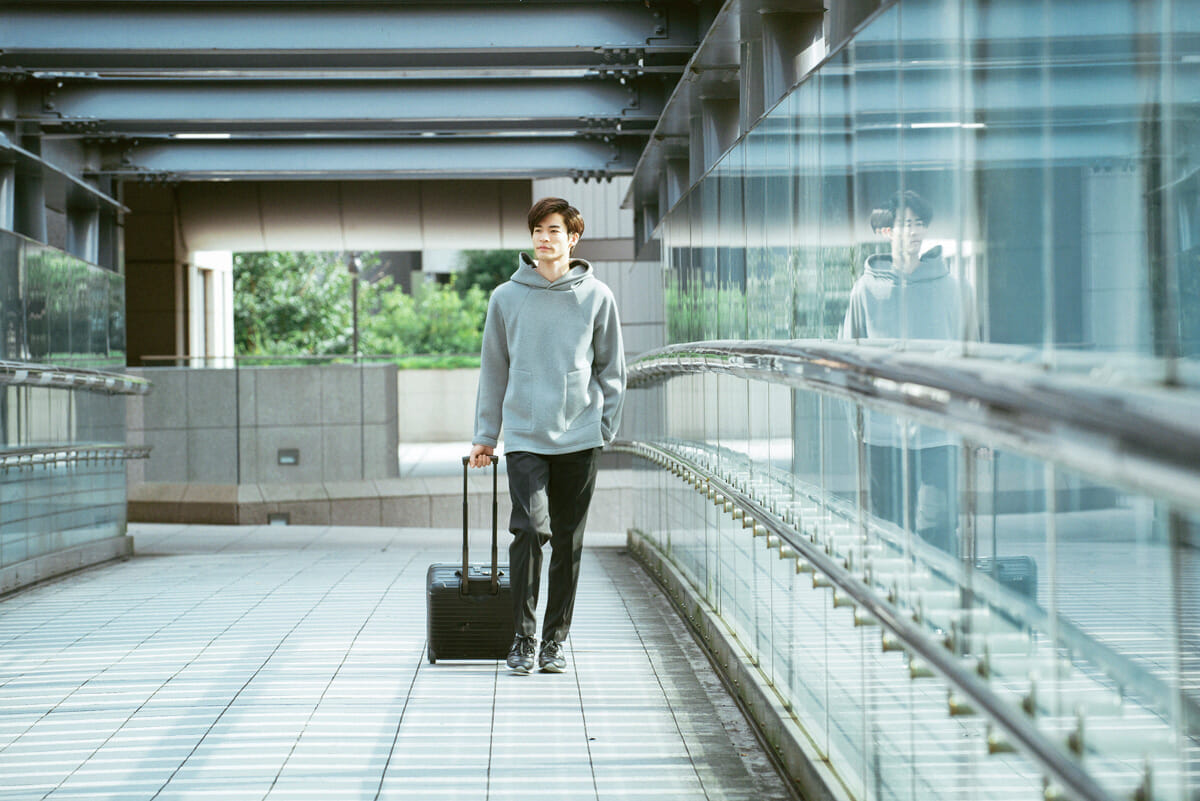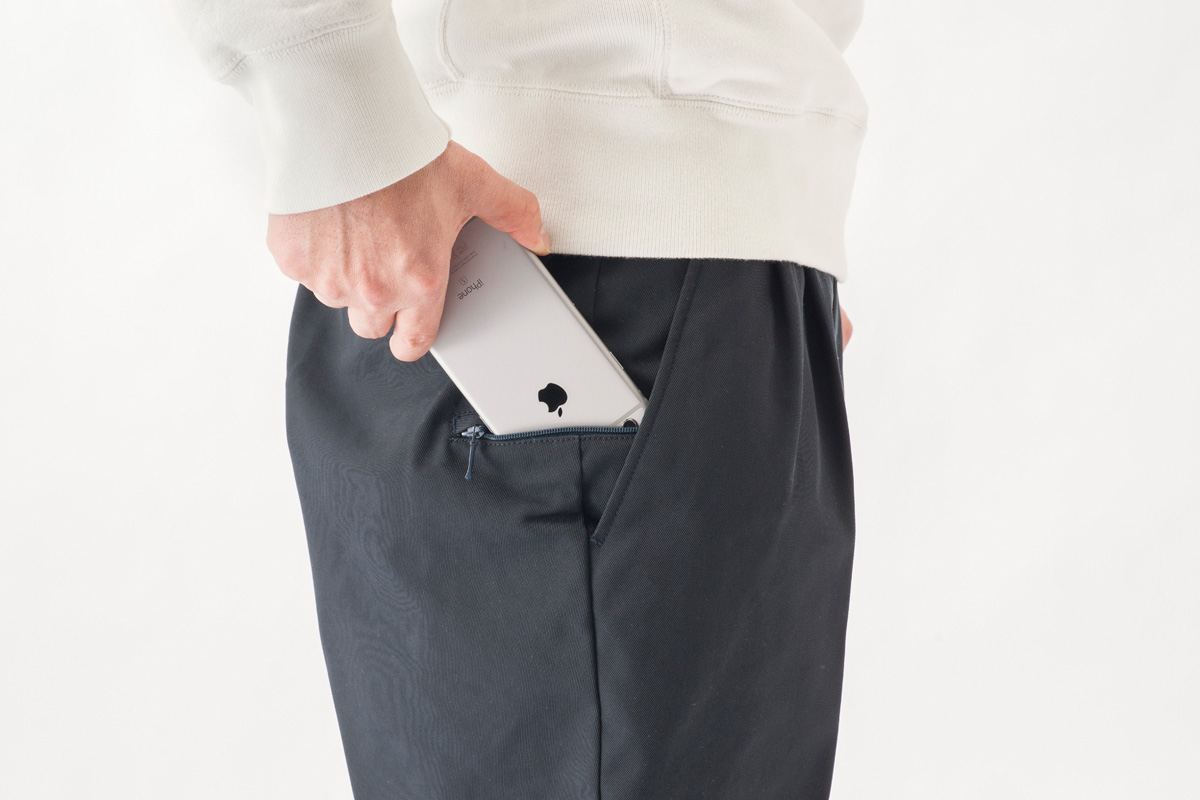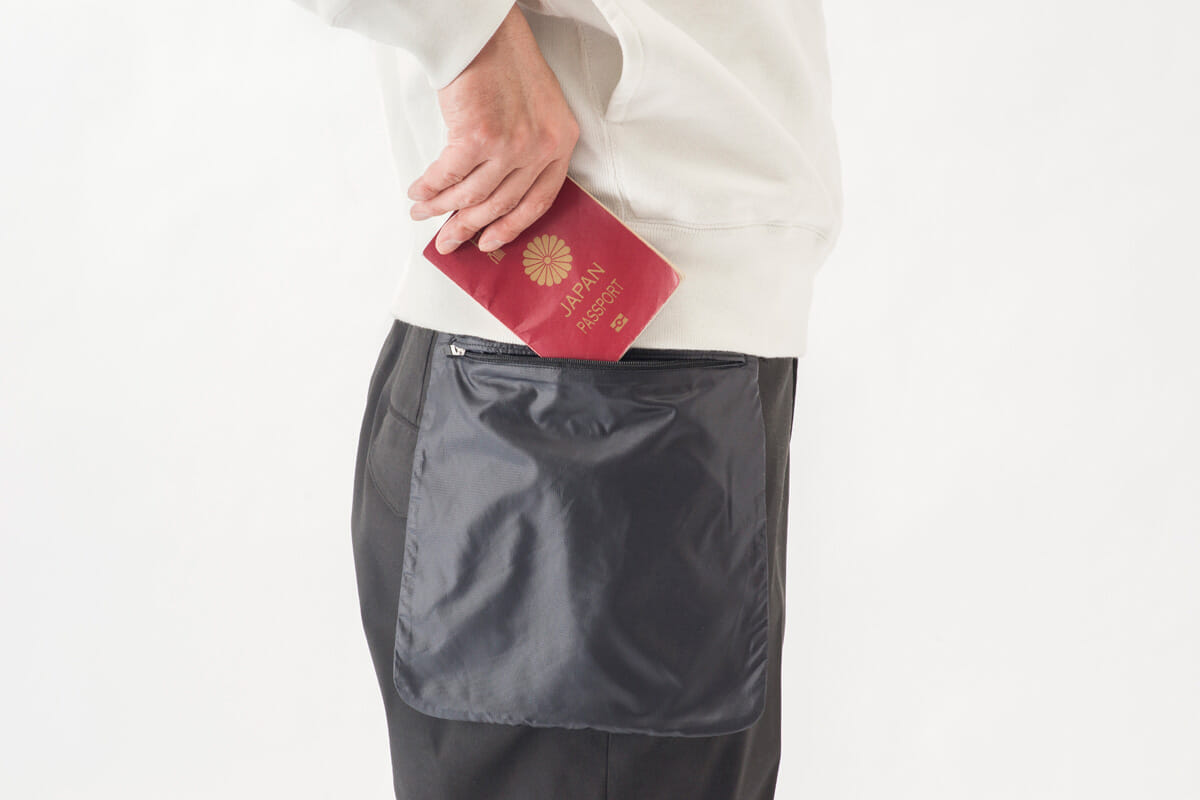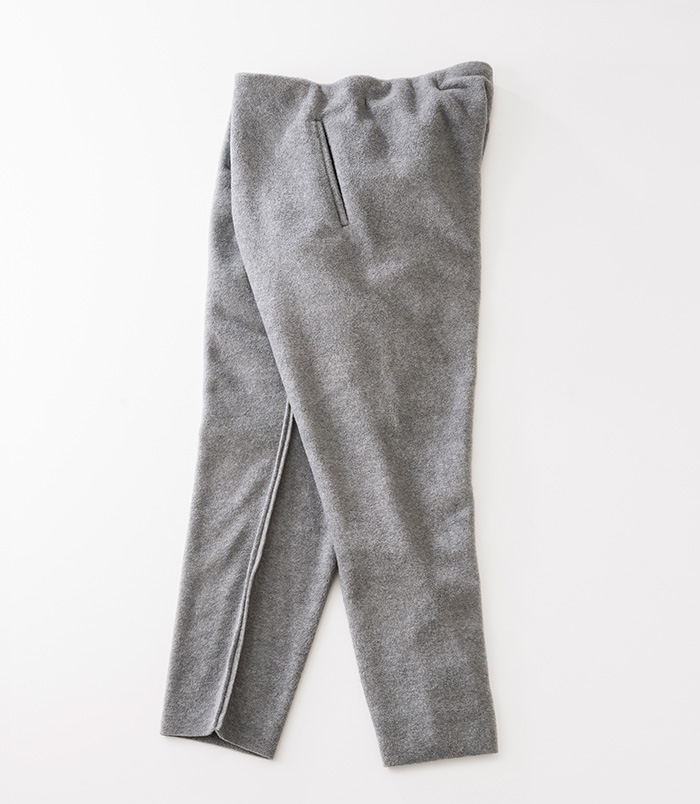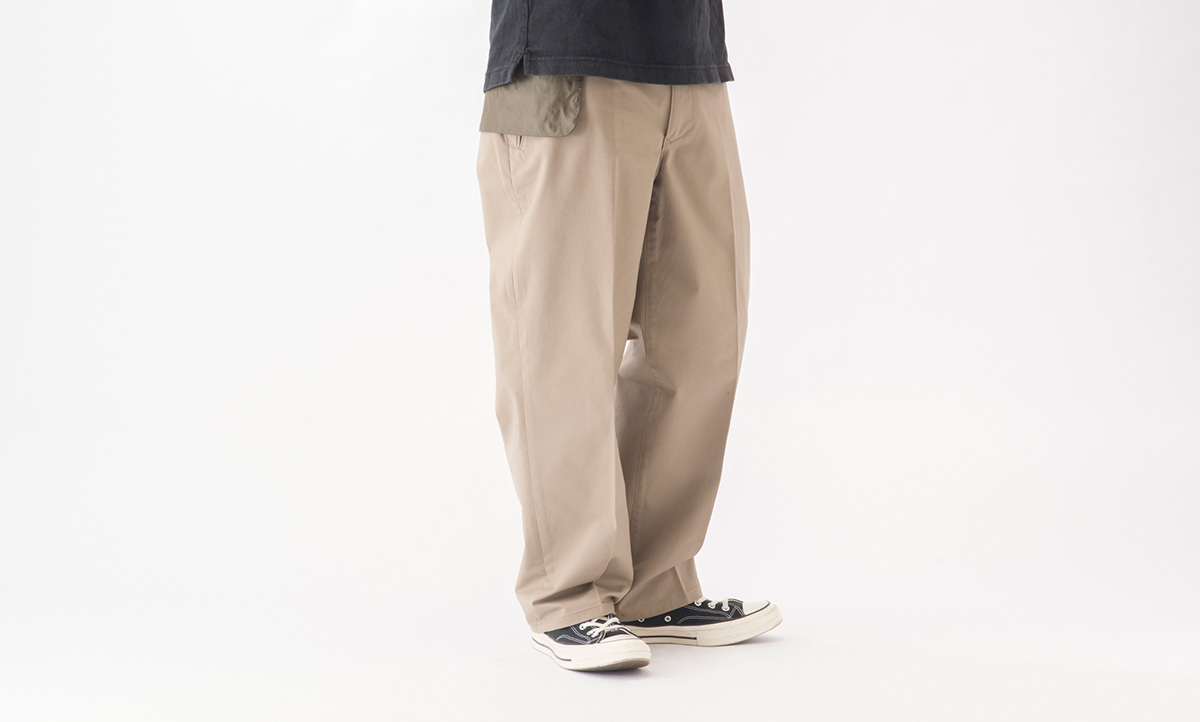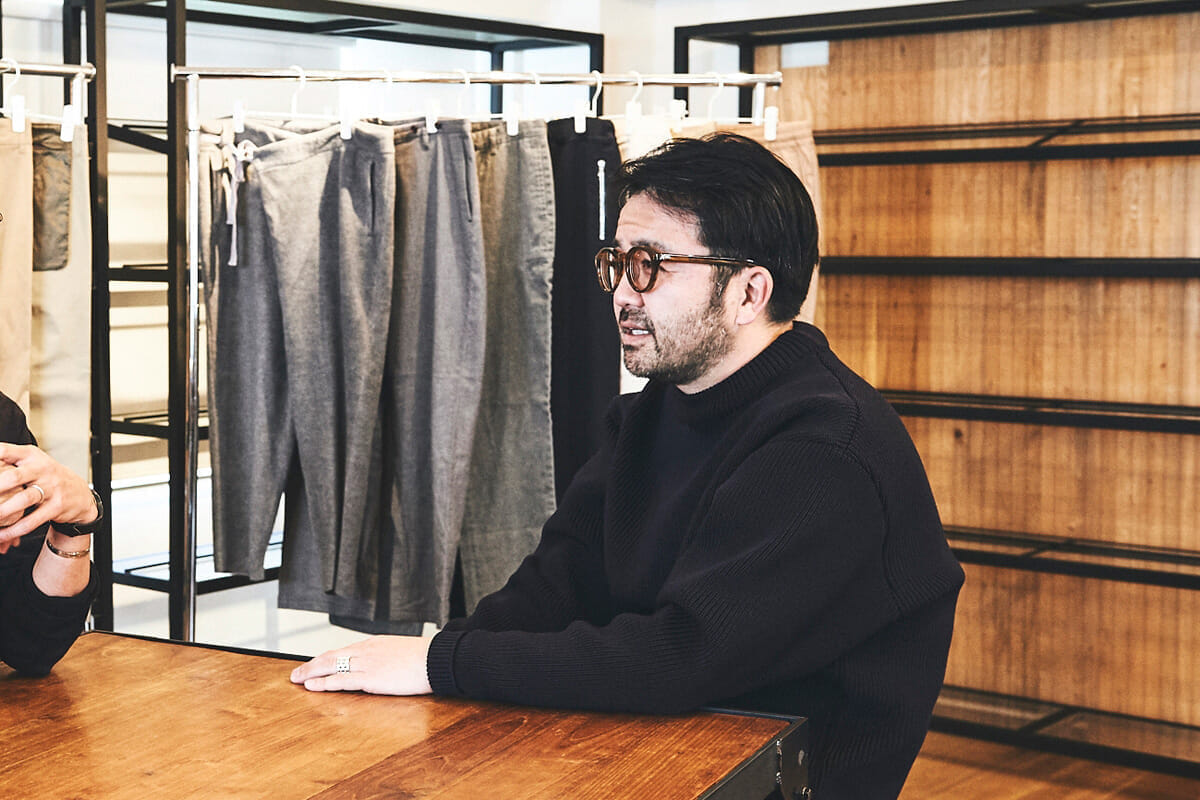
Featuring Make Sense Laboratory
The challenge and future of a brand specializing in pants that has a factory and no physical store.
Make Sense Laboratory〉, which just started in February 2018, is a brand that deals only with bottoms. The brand aims to continue releasing new items every three months, without being tied to the usual seasonal collections of spring/summer and fall/winter. And the greatest feature of the brand is that it does not have a physical store, but only an e-commerce site. Why sell only pants on the Internet, where the perceived and actual sizes and silhouettes are most likely to differ in men's fashion? There was a solid reason for competing in this category, where it is difficult to take a step forward without seeing yourself in the garment, without trying it on. We took a peek into the vision of Mr. Suzuki, the representative of "Triple Arch Works," who wishes to pursue his commitment to craftsmanship and create a new sense of value in customer service, although he is only in the preparatory stage of this project.
- Text_Masayuki Ozawa


